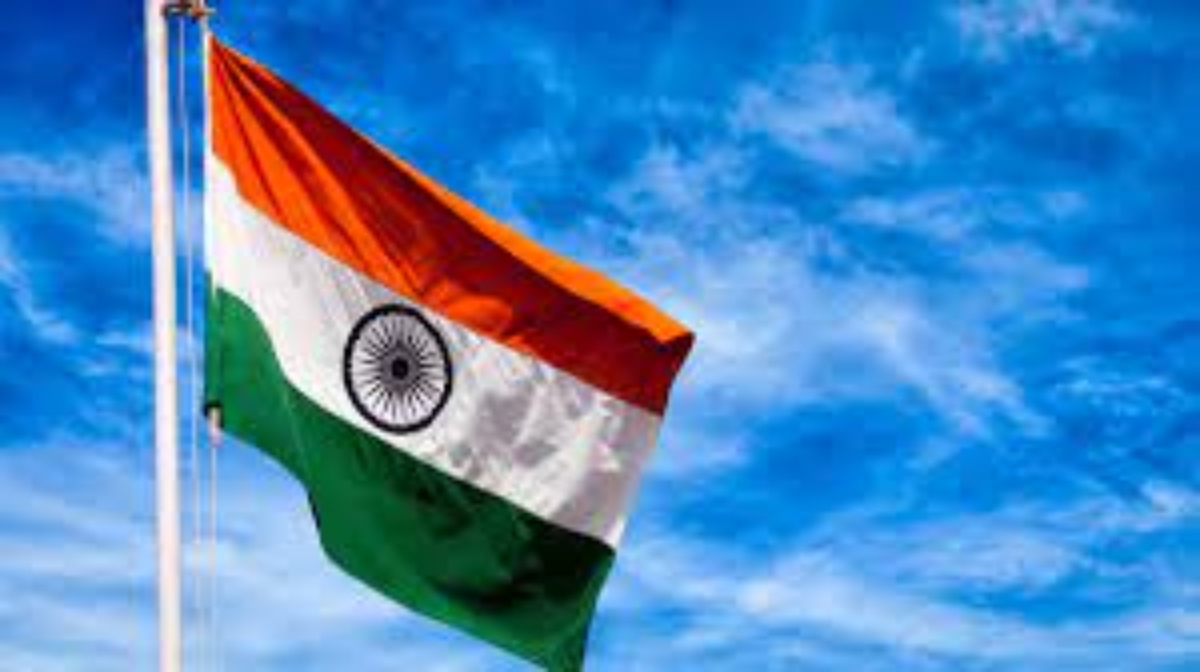


From the time Narendra Modi has become Prime Minister for the first time in 2014, his speeches on Independence Day have gone beyond listing the achievements of the government and walked into a territory where a very strong reformist streak comes to the surface, with the aim being to reform Indian society for the better—a push that can come only when someone has had a very close connect with the grassroots, which the PM has had throughout. Before 2014, who would have thought that an Indian Prime Minister could pick up issues such as sanitation, cleanliness, and even the problem of single use plastic during the most important speech that he delivers in a year—on Independence Day? But he has been doing so over the years—picking up various issues, seeking reform, promising action, and eventually making policy and getting them implemented on the ground. Take the Swachh Bharat movement for example, a promise, which when translated into policy has resulted in the world’s largest toilet building exercise, and notwithstanding the carping by critics, a very successful one too. This single campaign has been a life changing exercise, for the better, for a huge swathe of the population, something many of us used to a modern, urban lifestyle may not always realise. What we are witnessing is a constant push towards development, where incremental steps will not suffice, but quantum leaps have to be taken for sabka vikas with sabka saath and sabka vishwas. It is in this context that the Prime Minister’s vision of India in 25 years, when India completes 100 years as an Independent nation has to be seen—the vision that he spoke of from the ramparts of the Red Fort on Independence Day. It’s the beginning of Amrit Kaal that will culminate into 15 August 2047. He spoke of the “paanch pran”—roughly translated as five pledges or five vows—that will take India towards this goal. These are: making India into a developed nation; removal of the slavery of the mind; feeling proud of our heritage and legacy; unity in the form of Ek Bharat, Shresth Bharat; and the citizen’s duty towards the nation.
To pick up the point of the goal of becoming a developed nation, it is not every day that such a challenge is given to a country with a population as huge as India’s, with a per capita income of $2,227 (World Bank, 2021). Certain economists take $12,000 per capita income for a country to be considered as developed. By that standard, China, with a per capita income of $12,556 (World Bank, 2021), has achieved developed status. In other words, India has to reach China’s current economic status ($17.7 trillion GDP) in another 25 years to be called a developed nation.
Tough? Yes. Impossible? No.
It is all about taking quantum leaps—of making “huge resolutions”—which the Prime Minister believes can be taken given the way India has achieved vaccinating 200 crore people in little over a year, the way electricity has been given to a record number of people in record time, the way the work towards renewable energy is going on, etc.
If we look at India’s growth trajectory, there is reason to hope. It is after all the fastest growing major economy in the world, in spite of the setbacks it has faced in the last few years because of Covid and because of the fallout of the Ukraine-Russia war. India’s projected growth rate for 2022-2023 is expected to be in the range of 9%. Economists say that India needs to aim for a growth rate of over 10% for at least a decade to grow to at least a $10 trillion economy in another decade or so. Even otherwise, the $5 trillion target by 2025 does not look unachievable, given that India is hovering in the range of $3 trillion already. But it will not be an easy task, because of the resistance to reform that comes from certain sections of the political class and from vested interests within the bureaucracy and others who are part of the system. Think of the farm laws and how misinformation and disinformation scuttled a huge opportunity the country had to increase the income of the marginal farmers. In fact, reforming the agriculture sector, which employs around 50% of the country’s workforce, will automatically fast-track our growth trajectory. Let’s also not forget manufacturing, another area where India can grow at a much faster pace. The need of the hour is decoupling from China and creating the right kind of environment for businesses that are looking to shift out of China and go to countries that have the potential to absorb the humungous investments that they have to offer.
If these two core issues start getting sorted out, almost everything will start accelerating in the right direction. And this is where India believes that the Prime Minister’s innovative governance has planted the seeds to actualize the vision of India becoming a developed nation in this Amrit Kaal.